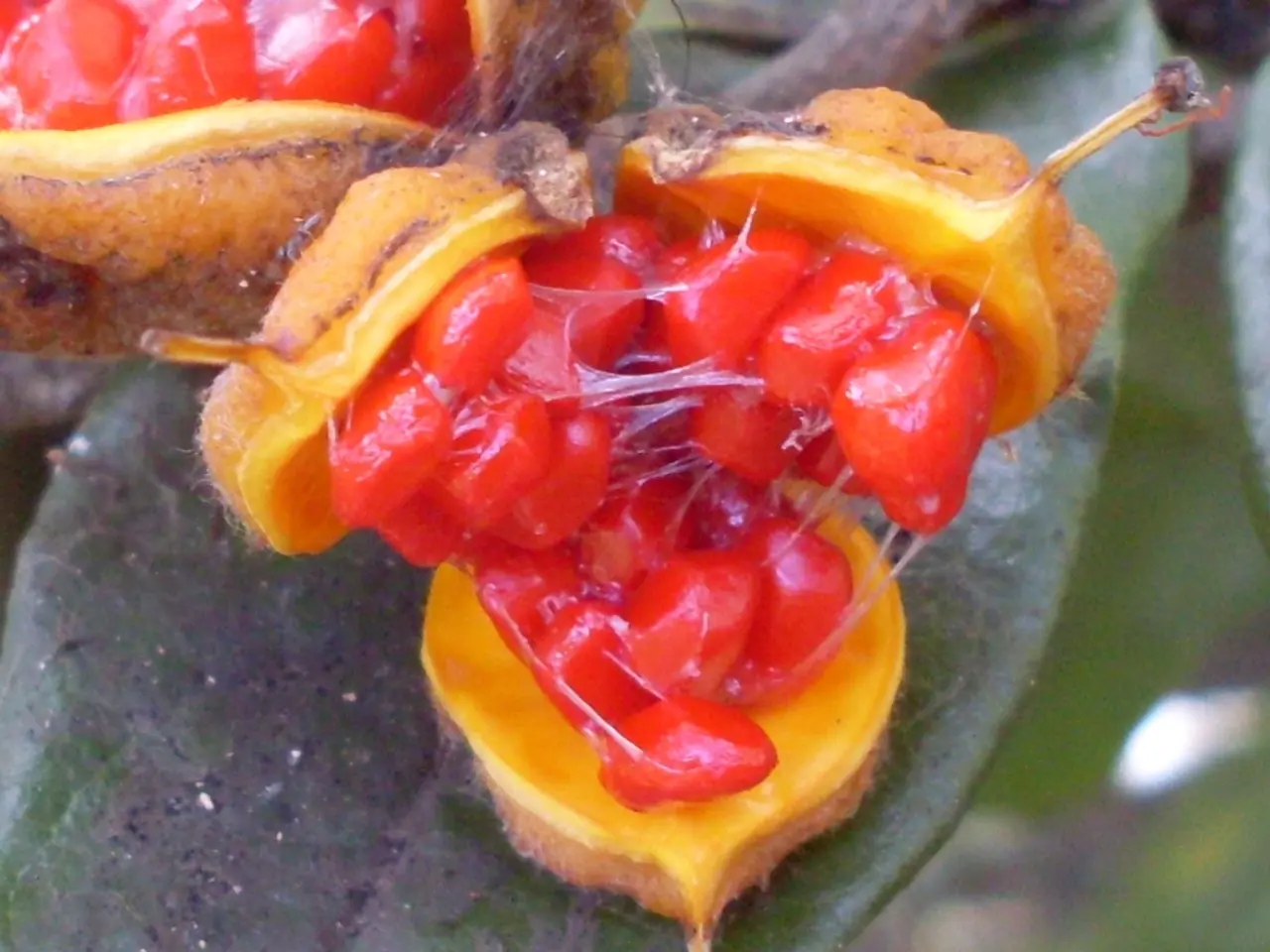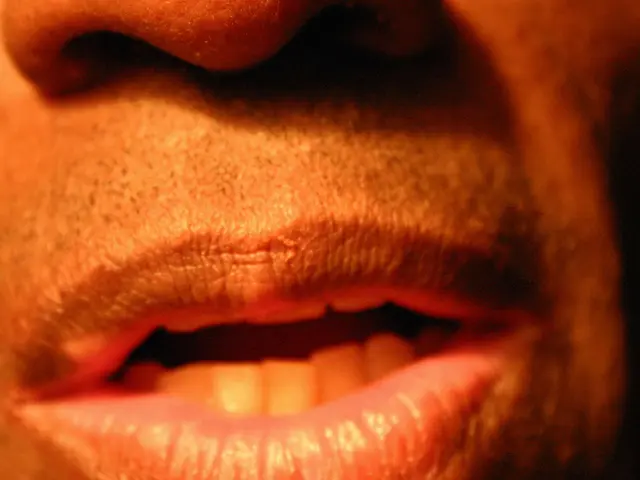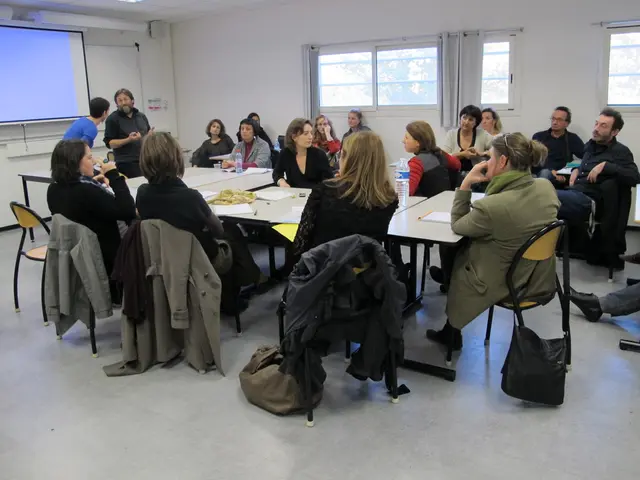Rotting Condition of Apples
Bitter rot is a fruit rotting disease that affects apples and pears, causing significant damage to orchards worldwide. The disease is caused by the fungi, Colletotrichum gloeosporioides, C. acutatum, and Glomerella cingulata.
Symptoms of bitter rot first appear as small, slightly sunken circular areas that are light to dark brown in colour. As spots enlarge, the rot progresses inward towards the core, forming a V-shaped, brown watery lesion. On mature fruit, these areas may be surrounded by a red halo. Severely affected leaves may drop off the tree. Cankers are oval, sunken, and often marked with zones (zonate). Leaf lesions begin as small, red flecks, which enlarge to irregular brown spots that are 1/16 to 1/2 inch in diameter.
The fungi survive the winter in dead wood or mummified fruit. In spring, spores serve as the primary inoculum source for new infections. Disease development is favoured by high temperatures (80-90 degrees F) and high relative humidity (80-100%). Conidia are spread by splashing, wind-blown rain, insects, and birds, while ascospores are released during rainy periods.
Effective management strategies for controlling bitter rot disease in apple and pear trees involve a combination of sanitation practices, cultural practices, and chemical control.
Sanitation Practices
Good sanitation practices are crucial for controlling bitter rot. Orchard managers should remove overwintering inoculum such as mummified fruit, dead limbs, and fire blight-infected shoots, as these are common sources of the Colletotrichum fungus. Regularly removing any infected or dead materials from the orchard also helps reduce the disease's spread.
Cultural Practices
Thin fruit to avoid tight clusters and perform summer pruning to maintain an open canopy. This improves airflow and reduces humidity around the fruit, limiting disease development. Irrigation management is also crucial. Avoid excessive moisture, as bitter rot thrives in humid conditions. Manage irrigation to prevent prolonged wetness.
Chemical Control
Fungicides applied from first cover until harvest can control fruit rot when combined with good sanitation. Use fungicides like Merivon or Pristine, which have a zero-day preharvest interval (PHI). These products provide effective control of bitter rot, especially when applied in combination with captan.
Captan is effective against bitter rot, but it can be washed off by heavy rains. Apply captan at high rates if resistance to other fungicides is a concern. Topsin (or its generic alternatives) can also be applied before harvest to control GLS and bitter rot associated with GLS. Topsin is particularly effective against flyspeck/sooty blotch.
While fungicides are effective for controlling the fruit rot phase of the disease, they are not effective for controlling the canker phase on weakened trees. Cankers generally develop on stressed or weakened trees, especially winter-injured trees.
For current fungicide recommendations, commercial growers should refer to the Midwest Fruit Pest Management Guide. Backyard growers can refer to Bulletin 780, Controlling Diseases and Insects in Home Fruit Plantings.
By integrating these strategies, orchard managers can effectively manage bitter rot and maintain healthy, productive apple and pear trees. The guide is available from county Extension offices or the CFAES Publications online bookstore at extensionpubs.osu.edu.
It is important to note that these fungi also cause other diseases in strawberry, blueberry, grape, and peach.
The information in this article was originally published by Michael A. Ellis, Professor Emeritus, Department of Plant Pathology, in 2008. Chopping dead wood with a flail-type mower increases decomposition rate, which also helps control bitter rot.
References: 1. Midwest Fruit Pest Management Guide 2. Controlling Diseases and Insects in Home Fruit Plantings 3. Michael A. Ellis, Professor Emeritus, Department of Plant Pathology 4. Extension Pubs, OSU
- Effective pest management strategies for combating bitter rot in apple and pear orchards often incorporate science-backed practices, such as sanitation, cultural, and chemical control methods to maintain soil health and prevent the disease from spreading, especially in relation to medical-conditions like weakened or winter-injured trees.
- In the context of soil health and health-and-wellness, sanitation practices for addressing bitter rot involve the removal of overwintering inoculum like mummified fruit, dead limbs, and infected shoots, which are common sources of the Colletotrichum fungus, promoting a cleaner and healthier environment for the growth of these trees.




